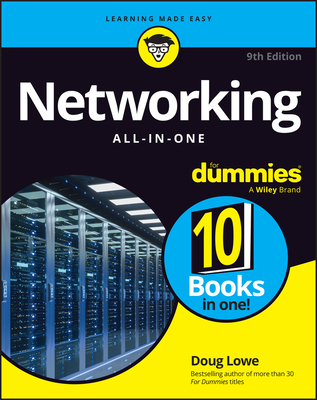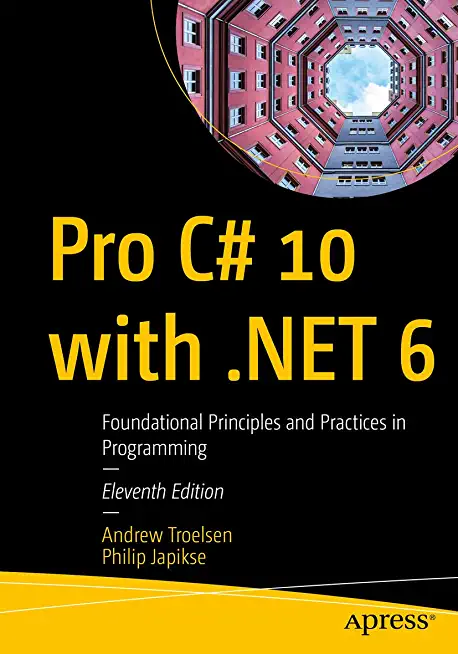AZ-040: AUTOMATING ADMINISTRATION WITH POWERSHELL Training in Frankfort
|
We offer private customized training for groups of 3 or more attendees.
|
||
Course Description |
||
| This course provides students with the fundamental knowledge and skills to use PowerShell for administering and automating administration of Windows servers. This course provides students the skills to identify and build the command they require to perform a specific task. In addition, students learn how to build scripts to accomplish advanced tasks such as automating repetitive tasks and generating reports. This course provides prerequisite skills supporting a broad range of Microsoft products, including Windows Server, Windows Client, Microsoft Azure, and Microsoft 365. In keeping with that goal, this course will not focus on any one of those products, although Windows Server, which is the common platform for all of those products, will serve as the example for the techniques this course teaches.
Course Length: 4 Days
Course Tuition: $2250 (US) |
||
Prerequisites |
|
| Before attending this course, students must have: Experience with Windows networking technologies and implementation. Experience with Windows Server administration, maintenance, and troubleshooting. | |
Course Outline |
DescriptionModule 1: Getting started with Windows PowerShellThis module will introduce you to Windows PowerShell and provide an overview of the product’s functionality. The module explains how to open and configure Windows PowerShell. It also explains how to run commands and use the built-in Help system in Windows PowerShell. Lessons
Lab : Configuring Windows PowerShell, and finding and running commands
After completing this module, students will be able to:
Module 2: Windows PowerShell for local systems administrationThis module introduces you to the different types of cmdlets commonly used for system administration. While you can search for cmdlets each time you need to accomplish a task, it is more efficient to have at least a basic understanding of these cmdlets. This module also explains how to manage Windows 10 by using PowerShell.. Lessons
Lab : Performing local system administration with PowerShell
After completing this module, students will be able to:
Module 3: Working with the Windows PowerShell pipelineThis module introduces the pipeline feature of Windows PowerShell. The pipeline feature is included in several command-line shells such as the command prompt in the Windows operating system. However, the pipeline feature in Windows PowerShell provides more complex, flexible, and capable functionalities compared to other shells. This module provides you with the skills and knowledge that will help you use Windows PowerShell more effectively and efficiently. Lessons
Lab : Using PowerShell pipeline
After completing this module, students will be able to:
Module 4: Using PSProviders and PSDrivesThis module introduces the PSProviders and PSDrives adapters. A PSProvider is basically a Windows PowerShell adapter makes some form of storage resemble a hard drive. A PSDrive is an actual connection to a form of storage. You can use these two technologies to work with various forms of storage by using the same commands and techniques that you use to manage the file system. Lessons
Lab : Using PSProviders and PSDrives with PowerShell
After completing this module, students will be able to:
Module 5: Querying management information by using CIM and WMIThis module introduces you to two parallel technologies: Windows Management Instrumentation (WMI) and Common Information Model (CIM). Both these technologies provide local and remote access to a repository of management information including access to robust information available from the operating system, computer hardware, and installed software. Lessons
Lab : Querying information by using WMI and CIM
After completing this module, students will be able to:
Module 6: Working with variables, arrays, and hash tablesVariables are an essential component of scripts. You can use variables to accomplish complex tasks that you can’t complete by using a single command. This module explains how to work with variables, arrays, and hash tables as steps in learning how to create Windows PowerShell scripts. Lessons
Lab : Using variables, arrays, and hash tables in PowerShell
After completing this module, students will be able to:
Module 7: Windows PowerShell scriptingThis module explains how to package a Windows PowerShell command in a script. Scripts allow you to perform repetitive tasks and more complex tasks than cannot be accomplished in a single command. Lessons
Lab : Using scripts with PowerShell
After completing this module, students will be able to:
Module 8: Administering remote computers with Windows PowerShellThis module introduces you to the Windows PowerShell remoting technology that enables you to connect to one or more remote computers and instruct them to run commands on your behalf. Lessons
Lab : Performing remote administration with PowerShell
After completing this module, students will be able to:
Module 9: Managing Azure resources with PowerShellThis module provides information about installing the necessary modules for cloud services management. It explains how to use PowerShell commands to perform some simple administrative tasks on cloud resources such as Azure virtual machines (VMs), Azure storage accounts, and Azure subscriptions. This module also describes how to use the Azure Cloud Shell environment to perform PowerShell-based or Bash-based administration directly from the Azure portal. Lessons
Lab : Azure resource management with PowerShell
After completing this module, students will be able to:
Module 10: Managing Microsoft 365 services with PowerShellThis module describes how to use PowerShell to manage Microsoft 365 user accounts, licenses, and groups, Exchange Online, SharePoint Online, and Microsoft Teams. Lessons
Lab : Managing Microsoft 365 with PowerShell
After completing this module, students will be able to:
Module 11: Using background jobs and scheduled jobsThis module describes how to use background jobs and scheduled jobs. It also explains how to create scheduled jobs and retrieve job results. Lessons
Lab : Jobs management with PowerShell
After completing this module, students will be able to:
|
Course Directory [training on all levels]
- .NET Classes
- Agile/Scrum Classes
- AI Classes
- Ajax Classes
- Android and iPhone Programming Classes
- Azure Classes
- Blaze Advisor Classes
- C Programming Classes
- C# Programming Classes
- C++ Programming Classes
- Cisco Classes
- Cloud Classes
- CompTIA Classes
- Crystal Reports Classes
- Data Classes
- Design Patterns Classes
- DevOps Classes
- Foundations of Web Design & Web Authoring Classes
- Git, Jira, Wicket, Gradle, Tableau Classes
- IBM Classes
- Java Programming Classes
- JBoss Administration Classes
- JUnit, TDD, CPTC, Web Penetration Classes
- Linux Unix Classes
- Machine Learning Classes
- Microsoft Classes
- Microsoft Development Classes
- Microsoft SQL Server Classes
- Microsoft Team Foundation Server Classes
- Microsoft Windows Server Classes
- Oracle, MySQL, Cassandra, Hadoop Database Classes
- Perl Programming Classes
- Python Programming Classes
- Ruby Programming Classes
- SAS Classes
- Security Classes
- SharePoint Classes
- SOA Classes
- Tcl, Awk, Bash, Shell Classes
- UML Classes
- VMWare Classes
- Web Development Classes
- Web Services Classes
- Weblogic Administration Classes
- XML Classes






